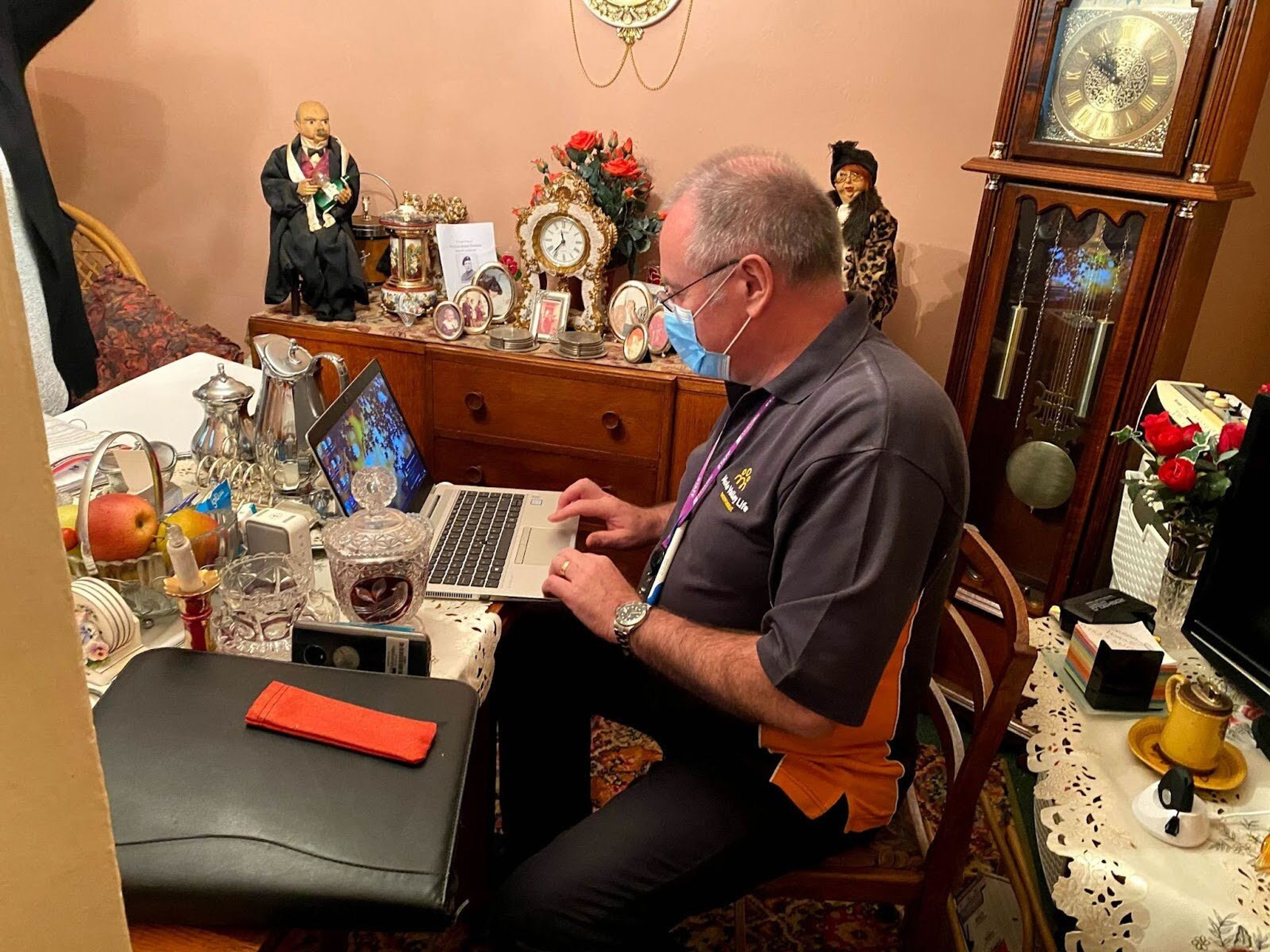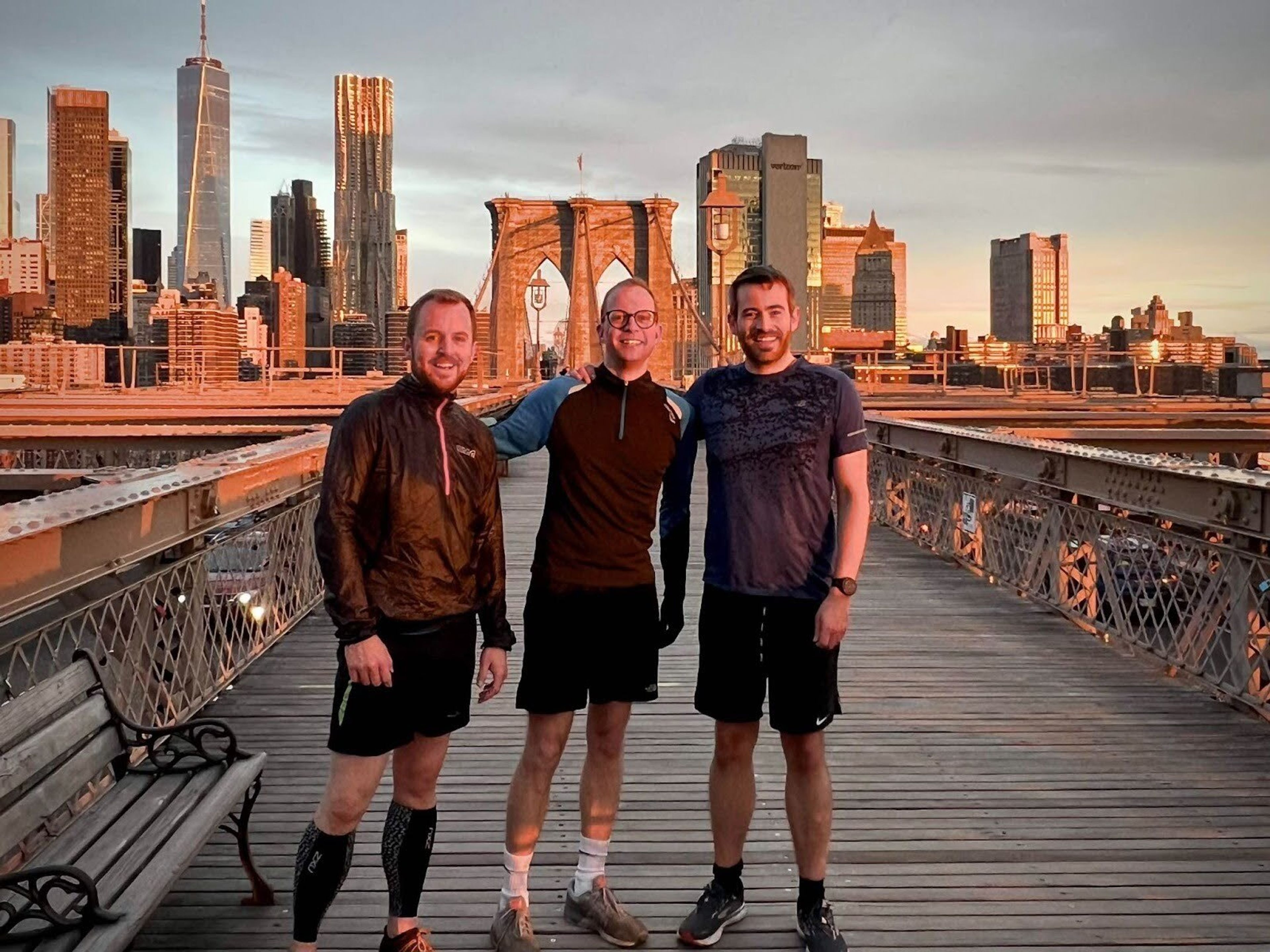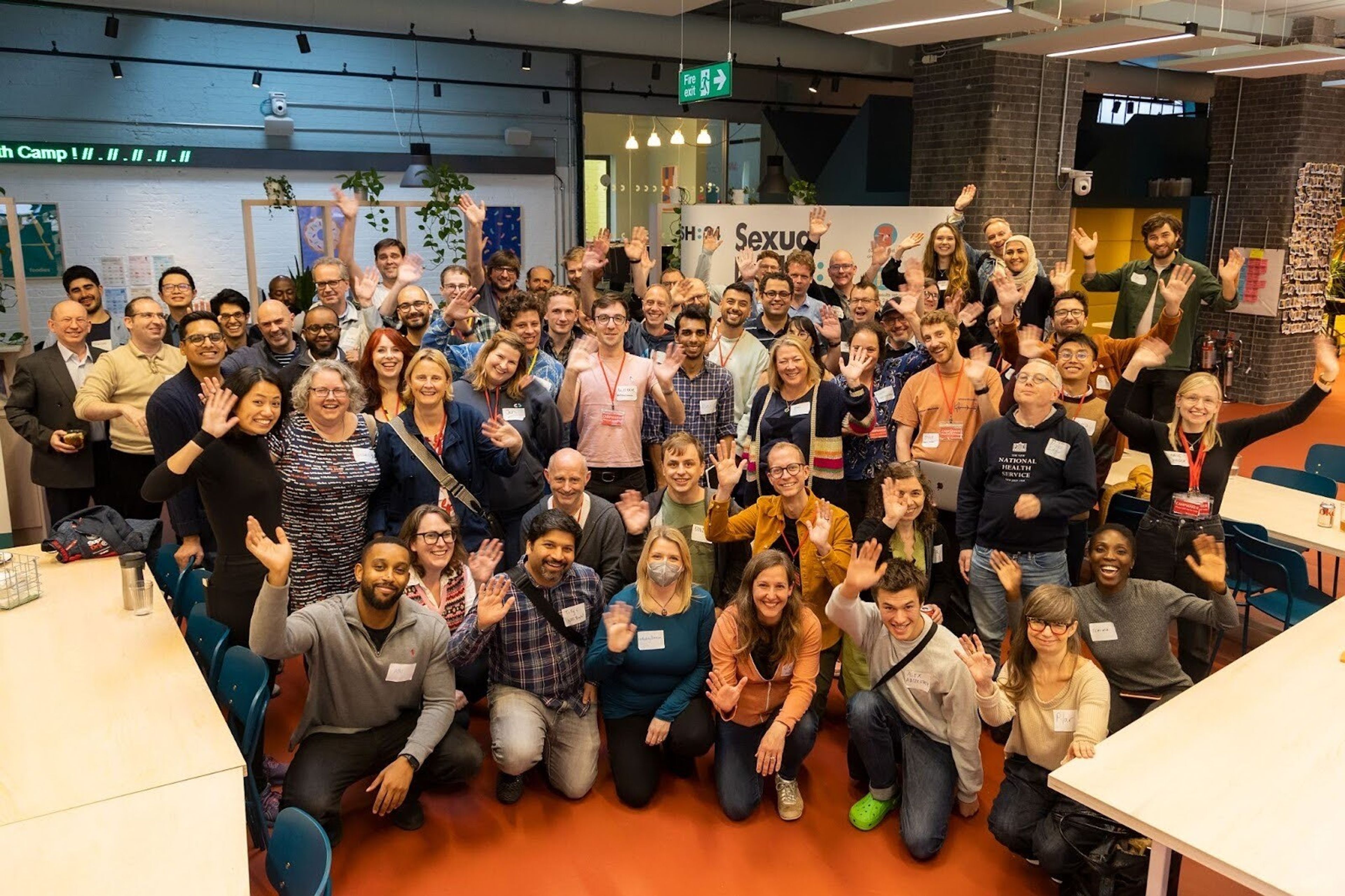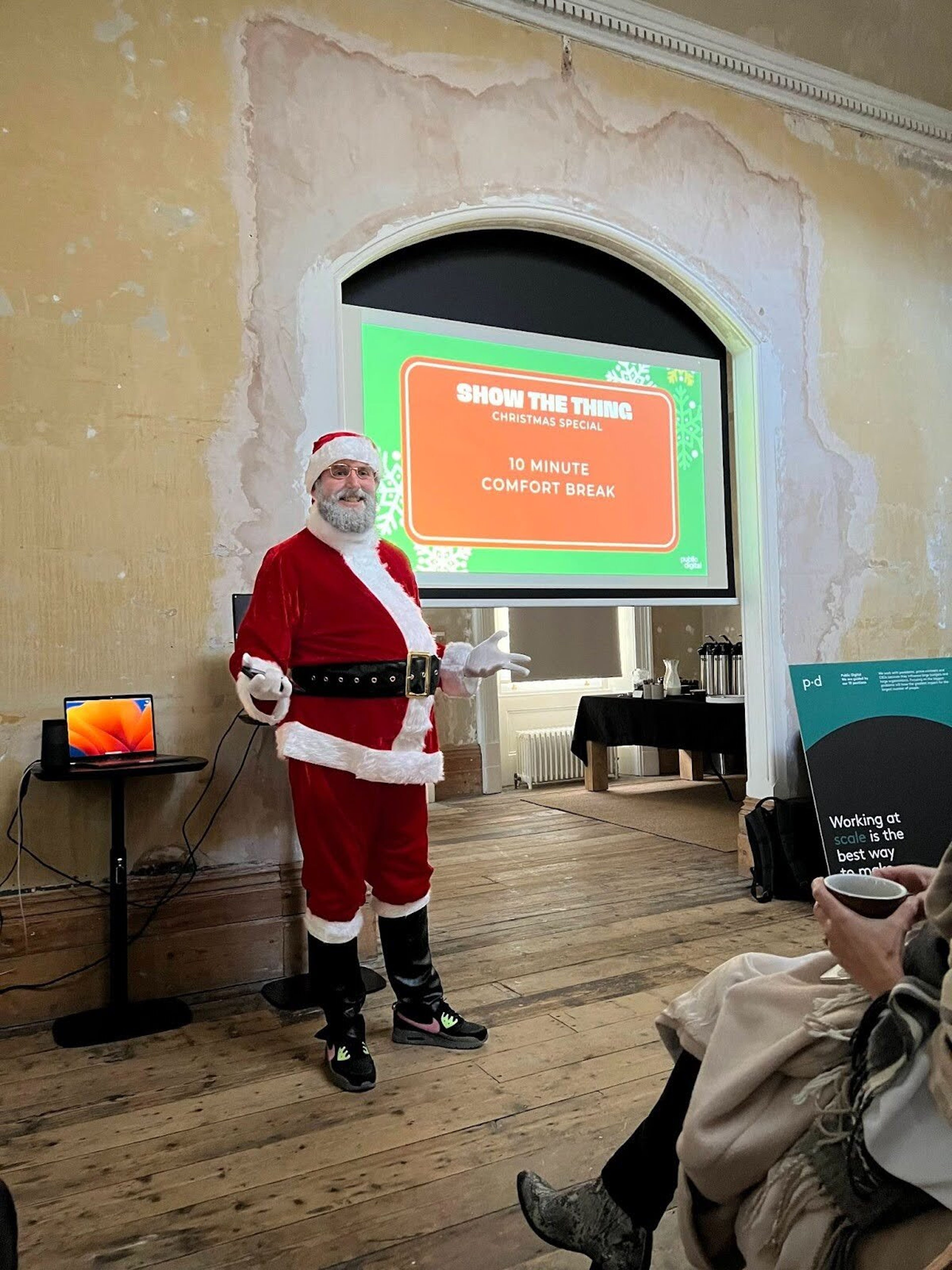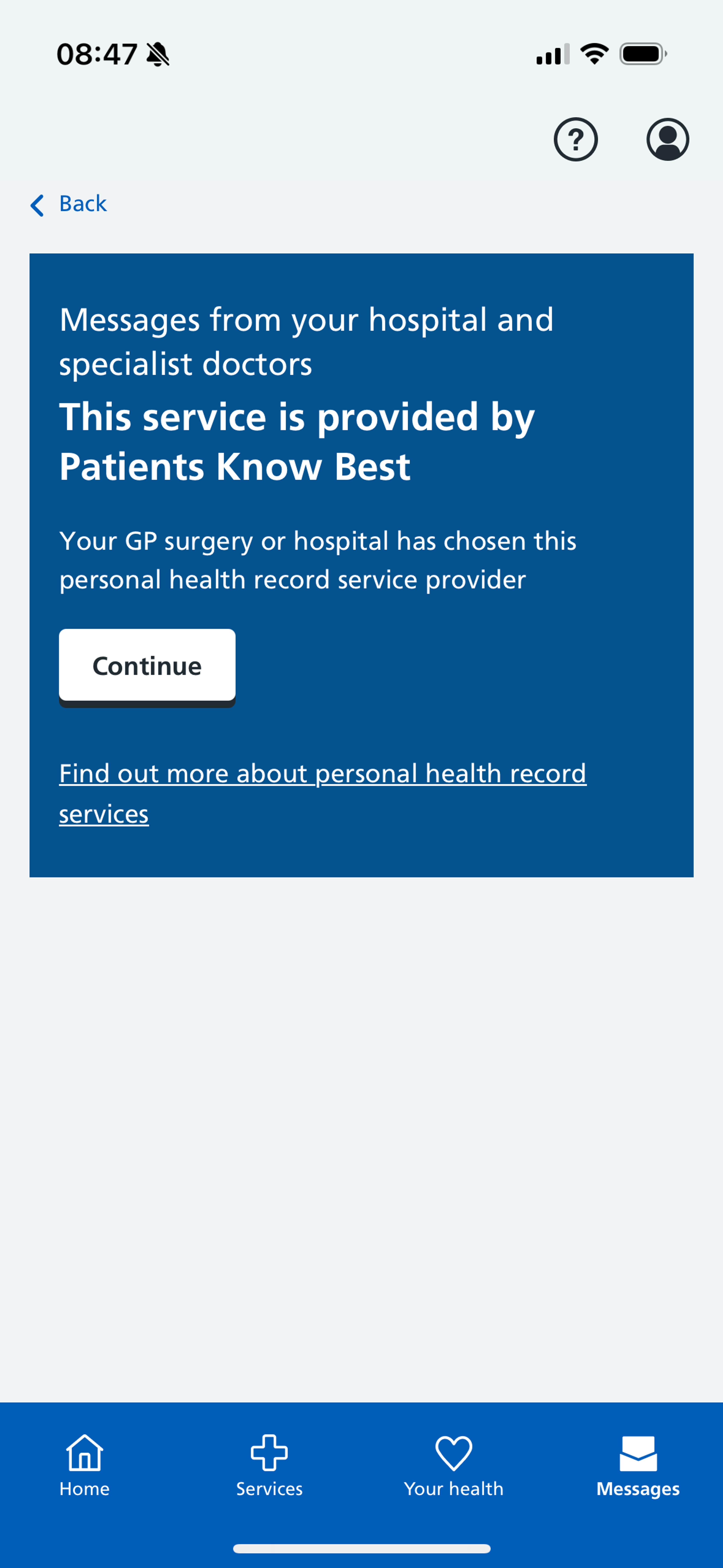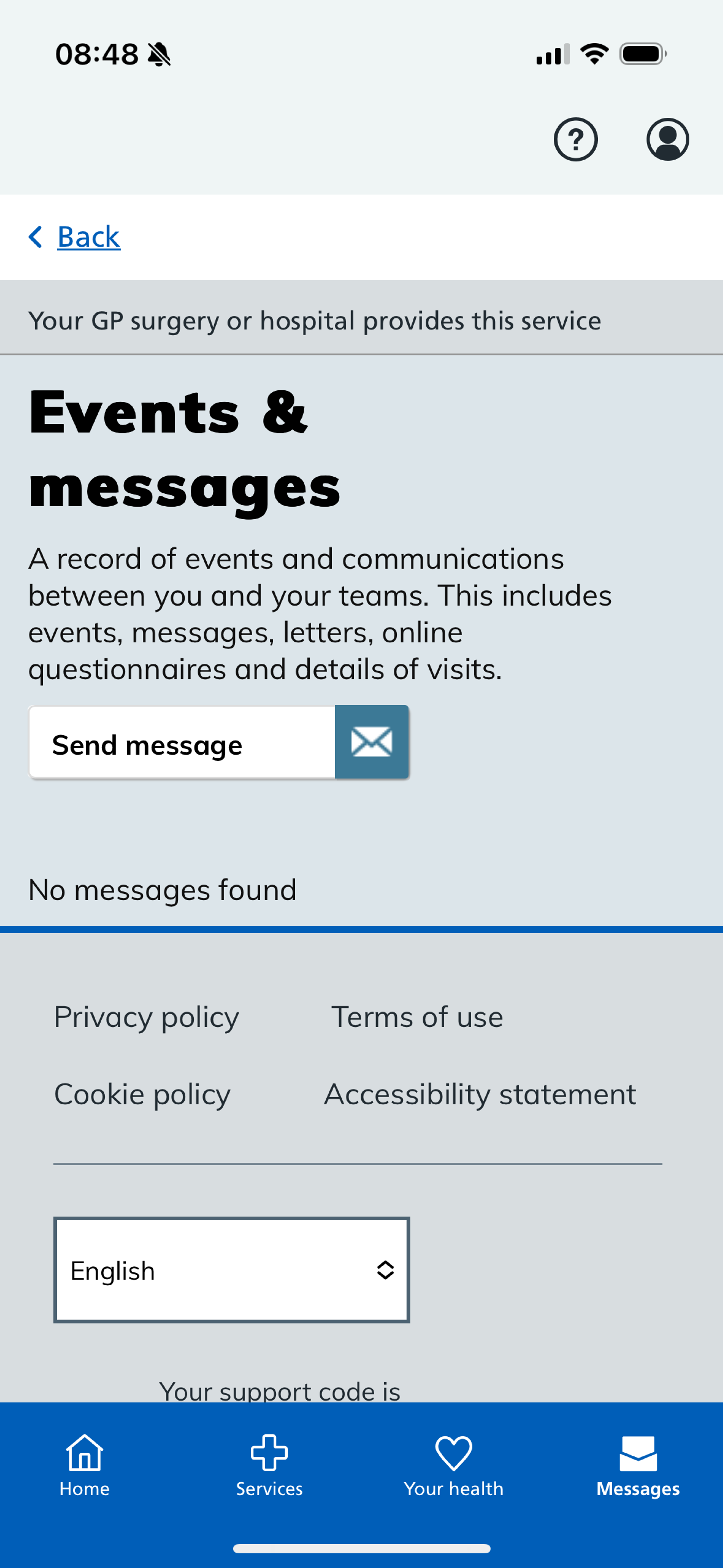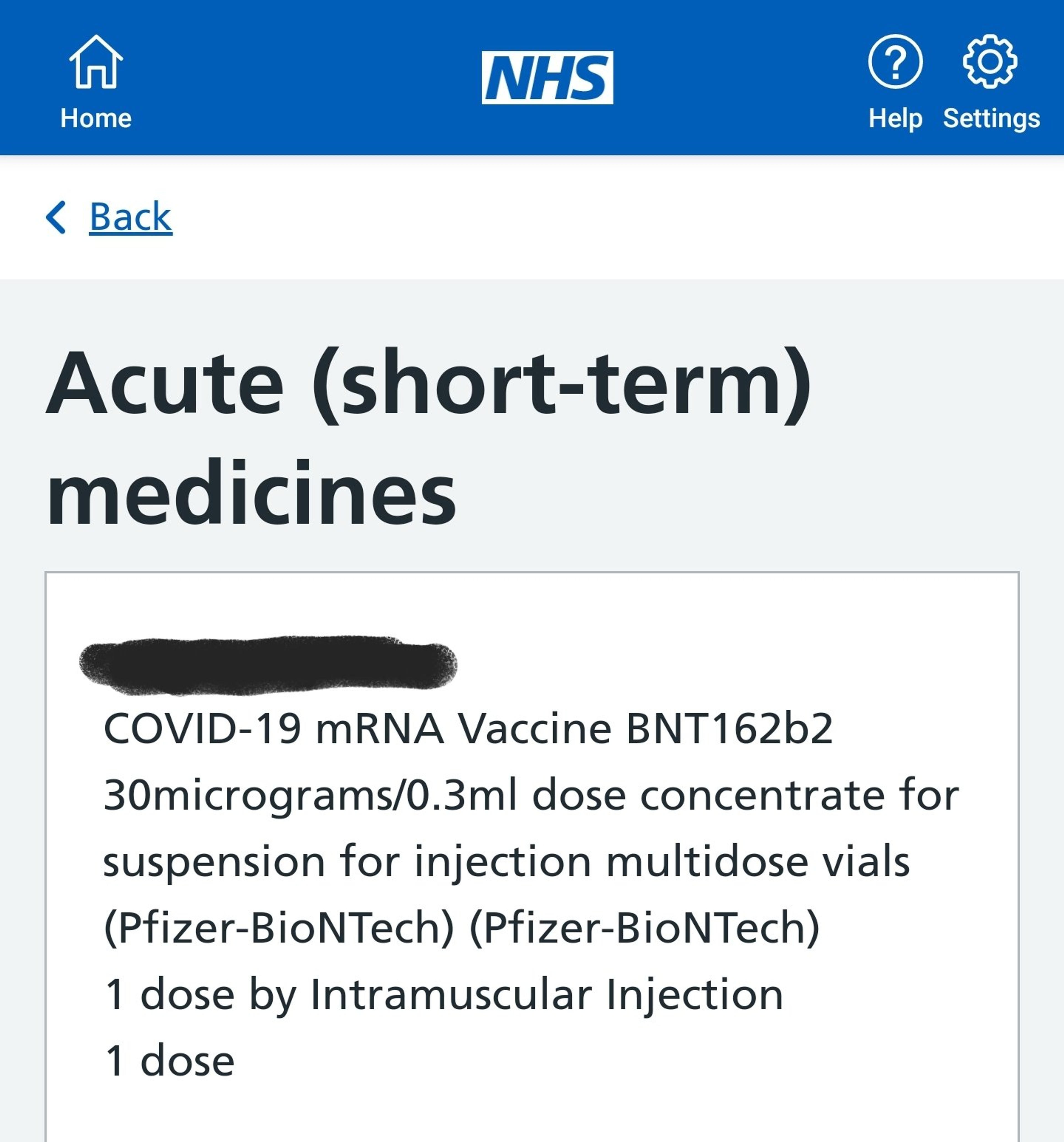
An extraordinary day of news on Monday from NHS England*.
My first thought is with former colleagues and officials in the organisation who have been in almost constant restructuring for the last five years. Just when things were starting to settle, the rug has been pulled again. I am sorry for you, folks.
Looking beyond the personal toll, there are undoubtedly some opportunities in here, as long as the leadership takes the right approach. Here are some thoughts on how to get some positives out of a pretty horrible situation for those involved.
Focus on locally-led change
It’s undeniable that there is a massive concentration of people power in the centre. I don’t think many at NHSE realise just how low the capacity is in some parts of the nationwide system. Last year, I worked with one integrated care board which had a single project manager who was the point person for the entire digital portfolio: NHS App, UEC EPR convergence, e-RS, FDP and others. “Build it and they will come” does not work. A rebalancing of some delivery capacity to focus on locally-led change would be helpful. Note, I’m not suggesting product development skills should be devolved to local – the digital agenda that NHSE is grappling with, and the criticality of digital to NHS reform, means NHSE can ill afford to lose further digital specialists.
NHS as a service organisation
Previous NHSE restructures (and I have been through them myself) have taken a salami-slicing approach – trimming a little off of all teams, so you are still left with a complete mess, a slightly more meagre one. A fundamental reshaping needs to take place that leaves you with a workforce that can deliver the strategy. Within this, there is also an opportunity to fix the overall structure of NHSE. I’ve written about this before (in 2019 gulp), but the way NHSE is structured around priorities, without a consistent taxonomy, results in mass confusion and duplication. It means that everyone, everywhere, is trying to solve the same problem – but from different start points and worldviews. NHSE needs to think of itself as a service organisation i.e. one that organises itself around users and their needs, rather than internal communications structures.
NHSE needs to think of itself as a service organisation; one that organises itself around users and their needs, rather than internal communications structures.
Fix pay and recruitment
I assume it is a legal requirement to freeze hiring, while restructure and consultation takes place; this hiring freeze, however, could be an act of self-destruction. Getting new people into NHSE takes six to nine months. NHSE needs to stay on top of the new skills it will need to deliver against priorities. From a people perspective, NHSE also needs to fix pay consistency across national and local. Talented leaders are disincentivised to go out to the system because, simply, the pay is worse. The restructure must be seen as an opportunity to enhance the value proposition to attract key skills, otherwise it will make a challenging recruitment landscape even more so.
Adopt internet era ways of working
Most critically, NHSE needs to make sure that deep digital and data expertise is at the top table. Driving NHS transformation is not just about technical literacy (although it is a critical part of it) but also internet era ways of working i.e. what it means to operate as a modern organisation. This means adopting, and valuing, inclusive and open ways of working that enable trust, operational transparency, and an efficiency of communications that helps spread knowledge.
The NHS is a highly devolved service that needs to be led rather than commanded, as previous efforts, successes and failures illustrate. That’s precisely why taking these opportunities will give NHSE the best chance of delivering not just evolution but the revolution that will be required to modernise an ailing NHS.
*Two days after this article was published the UK Government announced the abolition of NHS England.
This post was originally published on the Public Digital website.







